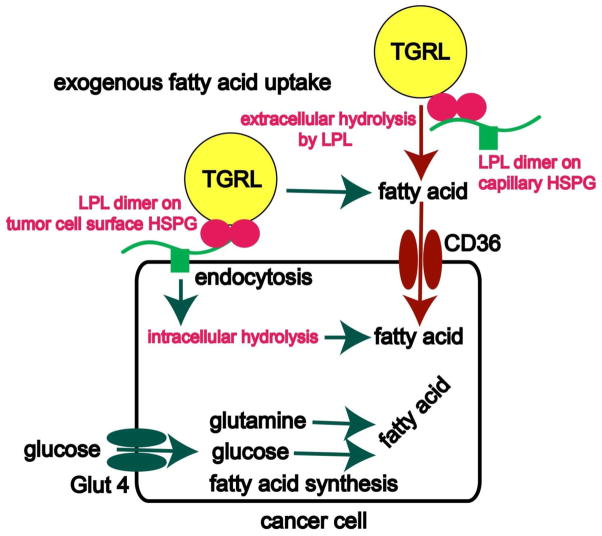Figure 2. Fatty acid acquisition by tumors.
Glucose and glutamine supply carbon that enzymes of lipogenesis, including fatty acid synthase (FASN), use to synthesize FA. Alternatively, exogenous FA may be acquired by extracellular lipolysis TG from the TG-rich lipoproteins (TGRL) using the secreted enzyme lipoprotein lipase (LPL) bound to a heparin-like heparan sulfate proteoglycan motif on the luminal surface of vascular epithelium. Resultant free FAs enter the cancer cell via CD36, the FA uptake channel. This is the mechanism used by normal adipose and striated muscle cells. The presence of a heparin-releasable pool of LPL and the HSPG motif on the surface of tumor cells raises the novel possibility that malignant cells may decorate their surface with the enzyme, rather than simply secreting it. In this speculative arrangement LPL tumor cell surface-associated LPL could mediate extracellular hydrolysis. Alternatively, LPL could facilitate endocytosis of lipoproteins by serving as a non-enzymatic bridge between the cell surface heparan sulfate binding site and the lipoprotein.

